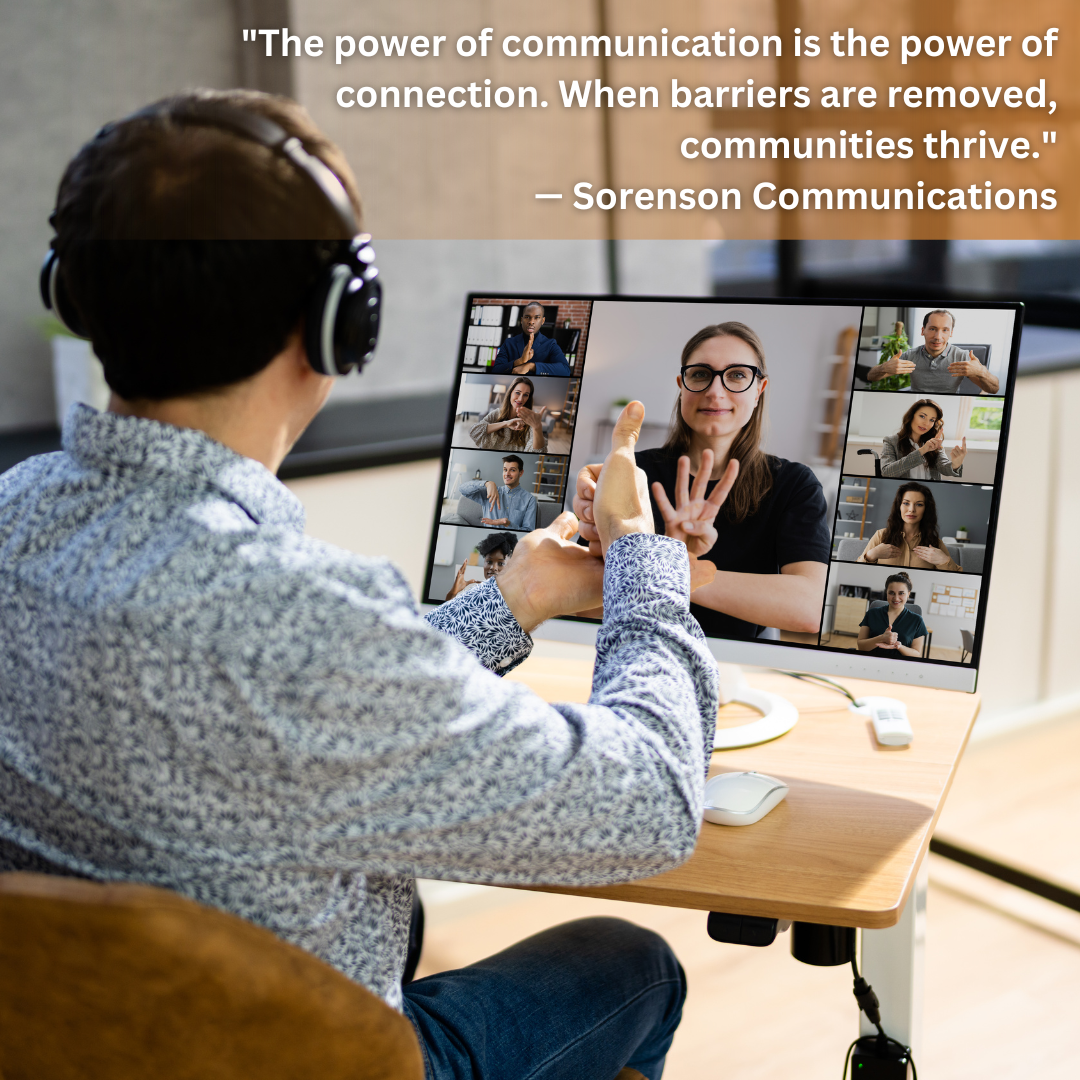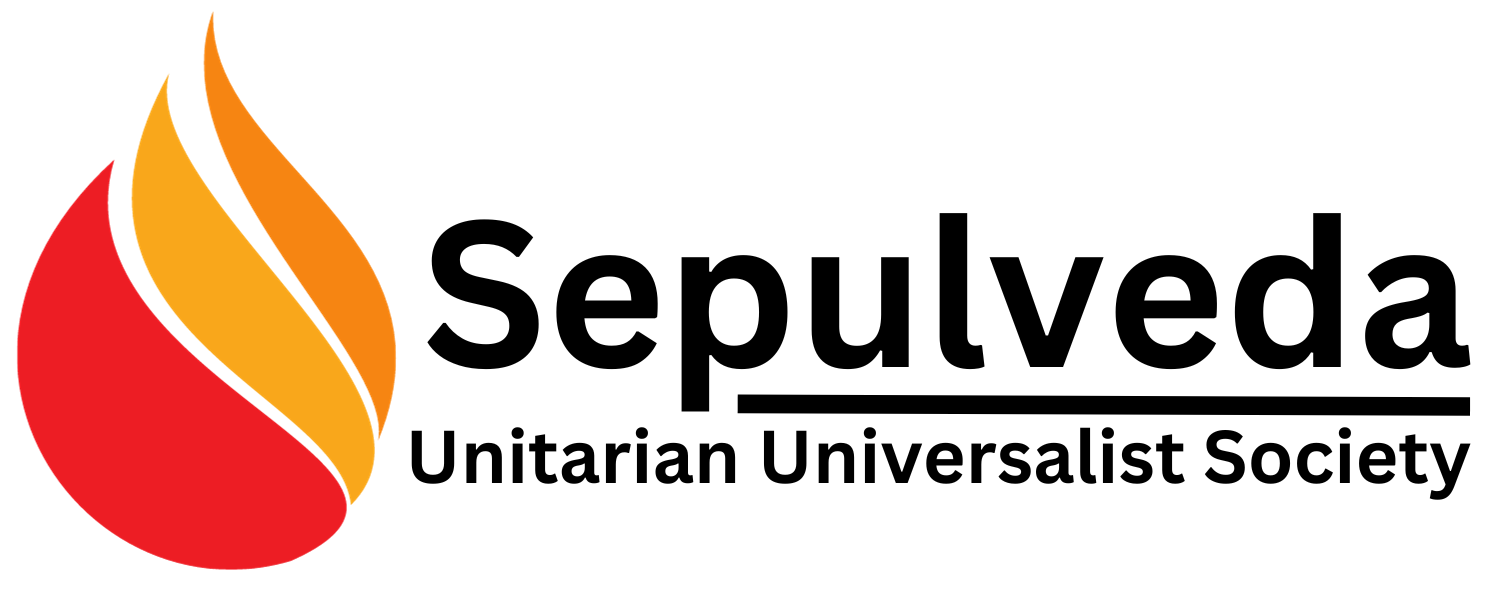Day 9. Sorenson Video Relay Service Is Connecting a Community.

Revolutionizing Communication for the Deaf and Hard-of-Hearing Community
“The power of communication is the power of connection. When barriers are removed, communities thrive.” – Sorenson Communications
For many Deaf and hard-of-hearing individuals, communication access has been a lifelong struggle. Before the advent of video relay services (VRS), making a simple phone call often meant relying on TTY (teletypewriters) or third-party interpreters, creating delays and frustration.
Enter Sorenson Video Relay Service (SVRS)—a game-changer in the world of Deaf communication. Sorenson’s innovative technology has revolutionized accessibility, providing a more seamless, natural, and empowering way for Deaf and hard-of-hearing people to connect with the world.
The Birth of Sorenson Video Relay Service
Founded in the early 2000s, Sorenson Communications developed one of the first and most widely used video relay services (VRS) in the U.S. This groundbreaking system allows Deaf individuals to communicate in real time using American Sign Language (ASL) interpreters via video calls.
📹 How It Works:
1️⃣ A Deaf caller uses a Sorenson video phone or mobile app to place a call.
2️⃣ A certified ASL interpreter appears on the screen, interpreting the conversation in real time.
3️⃣ The interpreter relays messages between the Deaf and hearing callers, allowing for fluid, natural conversations.
The impact? Freedom, independence, and the ability to communicate on equal footing.
Before and After Sorenson: The Transformation
📝 Before VRS:
- Deaf individuals relied on text-based TTY devices, which were slow and lacked emotional nuance
- Calls had to go through relay operators, making the process cumbersome
- Many Deaf people struggled with job opportunities due to limited access to real-time communication
📹 After Sorenson VRS:
- Deaf users can sign naturally in ASL, maintaining the full expression of their language.
- Calls happen in real time, allowing for seamless conversations with hearing individuals.
- The Deaf community has greater access to jobs, medical care, education, and personal connections.
Sorenson’s Ongoing Advocacy for Accessibility
Sorenson is more than just a technology company; it’s an advocate for Deaf rights. The company:
✔️ Offers free video phones to Deaf individuals in the US
✔️ Supports Deaf-owned businesses and ASL education
✔️ Provides mobile apps for Deaf users to make calls anywhere, anytime
✔️ Works with policymakers to improve accessibility regulations
Sorenson’s continued work ensures that Deaf and hard-of-hearing individuals have equal access to communication, just as hearing people do.
Resources to Explore
📘 National Association of the Deaf (NAD) – Video Relay Services: Learn more about VRS and how it impacts the Deaf community.
📜 FCC Guide to Video Relay Services: Understand the legal regulations and services available.
🎥 YouTube: “How VRS Works”: Watch a demonstration of video relay services in action.
Reflection
Sorenson Video Relay Service has transformed the way Deaf and hard-of-hearing people connect with the world. It’s not just about making phone calls—it’s about breaking barriers and ensuring that communication is truly accessible for all.
💬 Have you or someone you know used Sorenson VRS?
💬 In what ways can companies and organizations benefit from the use of inclusive technology like the Sorenson VRS?
Join us tomorrow as we explore tools to support the use of sign language in real time.
Learn more: Discover Sorenson’s technology and services on their official website.
#UU #UUA #CelebrateDiversity #DeafCulture #DeafHistoryMonth #DisabilityAwareness #VideoRelayService #AccessibilityMatters #DeafTechInnovation
Discover more from SepulvedaUU
Subscribe to get the latest posts sent to your email.
